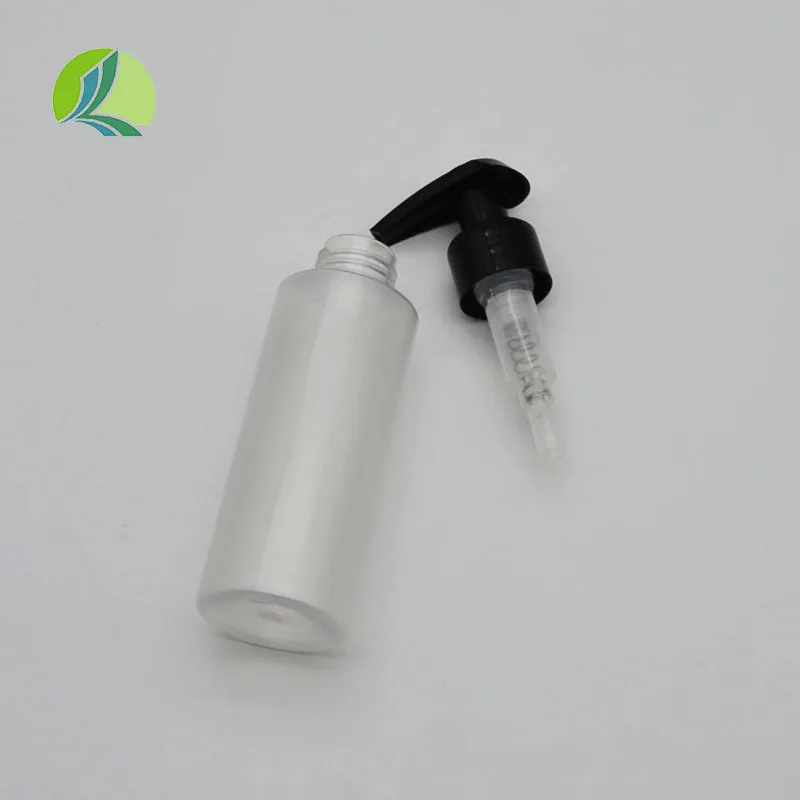https://www.wahmg.com/)">
Creative Approaches to Designing Eye-Catching Labels for Pill Bottles and Medication Packaging
Creative Approaches to Designing Eye-Catching Labels for Pill Bottles and Medication Packaging
The Importance of Effective Pill Bottle Label Design
In the world of pharmaceuticals, the significance of effective pill bottle label design cannot be overstated. As the first point of contact between patients and their medications, labels serve a crucial role in ensuring safe and effective use of prescription and over-the-counter drugs. An exemplary pill bottle label design is not just about aesthetics; it embodies clarity, compliance, and safety.
Clarity and Readability
At the heart of a successful pill bottle label is clarity. The label must present essential information in a manner that is easily readable. This includes the name of the medication, dosage instructions, specific usage guidelines, and potential side effects. A clear font in black or dark colors against a light background enhances readability, especially for individuals with visual impairments.
Font size is another critical consideration. Too small a print can create confusion and increase the risk of medication errors, while oversized text may limit space for necessary details. Designers must strike a balance to ensure that all demographics, from the elderly to younger patients, can read the information without strain.
Critical Information
Pill bottle labels should include several key pieces of information to promote safe medication use. This typically encompasses
1. Drug Name Both the generic and brand names should be visible. This is essential as patients may recognize one name but not the other.
2. Dosage Instructions Clear guidelines on how much and how often to take the medication can prevent overdosing or underdosing.
3. Indications Information on what the medication is used for helps patients understand its purpose.
pill bottle label design

4. Warnings and Side Effects Labeling potential side effects and contraindications empowers patients to be informed and vigilant.
5. Expiration Date Including the medication's expiration date ensures that patients do not use ineffective or harmful drugs.
Compliance with Regulations
Pill bottle label design must adhere to regulatory guidelines set forth by health authorities, including the Food and Drug Administration (FDA) in the United States. These regulations often dictate specific information that must be included on the label, as well as its overall layout and presentation. Compliance is vital not only for patient safety but also for legal reasons, making it a cornerstone of effective label design.
User-Friendly Features
Incorporating user-friendly elements can further enhance the label's effectiveness. For example, using color-coding can help differentiate between various medications, especially for patients who manage multiple prescriptions. Incorporating icons, such as a pill bottle with a clock, can intuitively communicate instructions such as take with food or take at bedtime.
Furthermore, leveraging technology by including QR codes on labels can provide patients with instant access to additional resources, such as detailed medication guides and instructional videos. This modern approach satisfies the growing demand for information and can significantly enhance patient engagement.
Conclusion
In summary, pill bottle label design is a multifaceted aspect of healthcare that goes beyond mere packaging. It is a powerful tool to enhance patient safety, improve medication adherence, and streamline communication between healthcare providers and patients. With careful consideration of clarity, essential information, regulatory compliance, and user-friendly features, pharmaceutical companies can create labels that not only fulfill their practical role but also foster trust and confidence among patients. As we advance into a future increasingly dominated by personalized medicine and patient-centric care, the importance of thoughtful pill bottle label design will only continue to grow.
-
Wholesale Plastic Juice Bottles with Caps 16 oz Options Available Bulk Packaging SolutionsNewsJun.10,2025
-
Laboratory Apparatus Reagent Bottle – Durable & Chemical Resistant Bottles for Safe StorageNewsJun.10,2025
-
Squeezable Dropper Bottles Durable, Leak-Proof & CustomizableNewsMay.30,2025
-
Affordable Plastic Petri Plates Sterile & Disposable Lab-GradeNewsMay.30,2025
-
Eye Dropper Caps Precision 24/410 & Plastic Bottle-Compatible TipsNewsMay.30,2025
-
Affordable Mini Spray Bottle Price & Wholesale Deals Shop NowNewsMay.29,2025





















